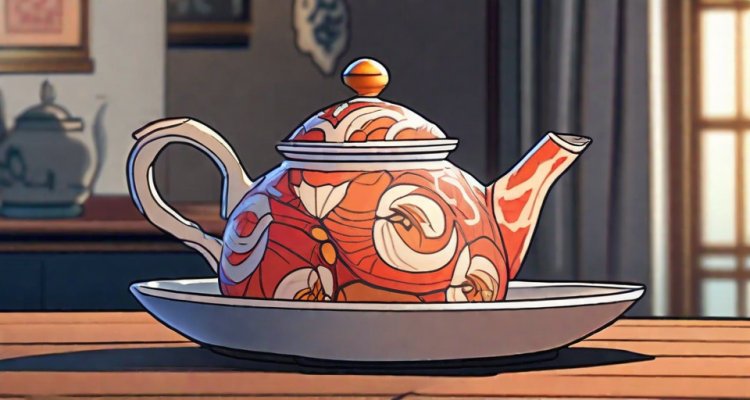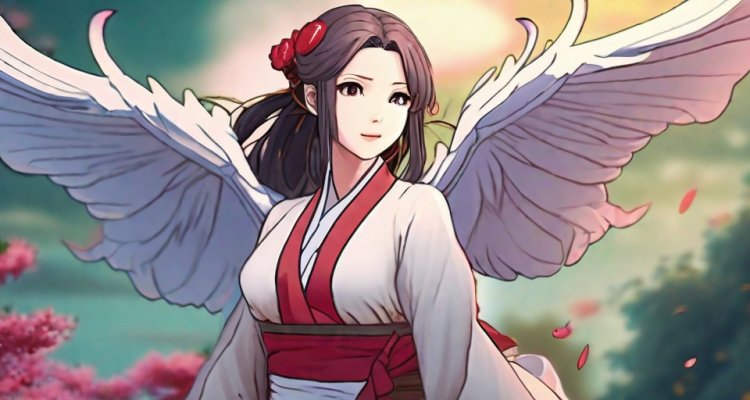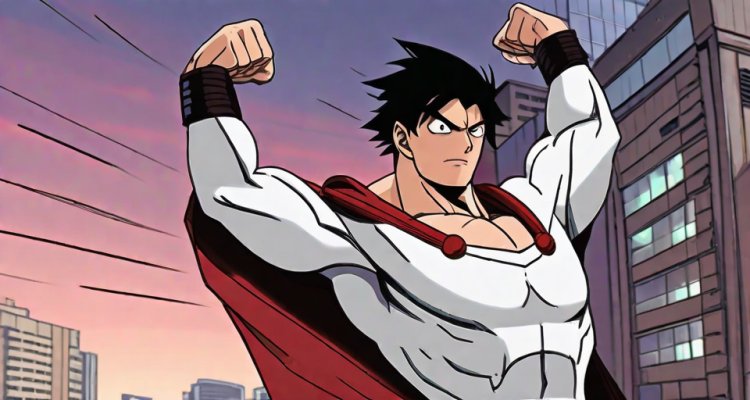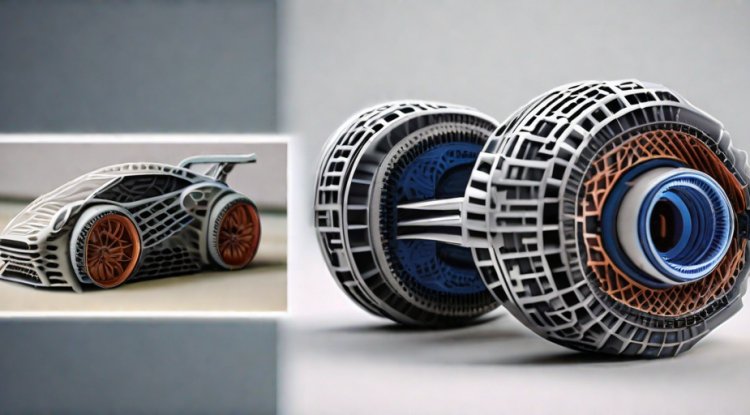A Comprehensive Guide to Different Styles of Anime: From Shonen to Shojo and Everything in Between
Explore various anime styles to develop your own unique design - from action-packed Shonen to heart-warming slice-of-life and everything in between. Delve deep into their characteristics and techniques to craft an engaging and visually captivating anime series.

Anime is a diverse and fascinating form of entertainment that has captured the hearts of millions around the world. With a multitude of genres, themes, and artistic styles, it can be easy to get lost in the sheer variety of it all. However, one of the most fundamental ways to classify anime is through the lens of its intended audience. In this blog post, we'll take a closer look at three popular anime styles: Shonen, Shojo, and Kodomouke, and discuss their unique features and characteristics.
Shonen is a genre primarily targeted at young male audiences. It often focuses on action, adventure, and sports, and is known for its intense, fast-paced storylines and larger-than-life characters. Some of the most iconic and beloved shonen series include Dragon Ball Z, Naruto, and One Piece. These stories tend to revolve around a protagonist on a journey to achieve a goal or to obtain great power. Shonen anime frequently feature fights, battles, and intense training regimens. The emotional stakes are usually high, and the characters are often driven by a deep sense of loyalty and friendship. This format has led to a number of long-running, multi-season series that have amassed massive followings.
| Prompt: boy wearing cape on rooftop |
|
Shojo, on the other hand, is geared towards young female viewers and often delves into romance, drama, and fantasy. It offers a more intimate, character-driven narrative experience. Shojo anime often explores themes such as love, friendship, and personal growth. Series like Fruits Basket, Ouran High School Host Club, and Sailor Moon are prime examples of this style. The protagonists are typically more complex and emotionally nuanced, and the settings are often more realistic portrayals of the world around us. In shojo anime, there is often a greater focus on subtler themes such as social commentary, self-discovery, and the struggles of growing up.
| Prompt: girl with flying dragon |  |
Kodomouke, or children's anime, is a third major style that spans both genders and appeals to audiences of all ages. These shows are often more light-hearted and comedic, with animated visuals, catchy tunes, and engaging plots. Popular kodomouke examples include Pokémon, Doraemon, and Train Man. The stories are typically shorter and simpler, with clear-cut heroes and villains. They frequently feature humorous situations and endearing characters. Kodomouke has a universal appeal and is celebrated for its ability to bring joy and entertainment to viewers of all ages.
| Prompt: Prompt: girl with flying dragon |  |
It's important to note that while these three styles form the basis of many anime series, there are countless others that defy clear classification or blend elements of multiple styles. For instance, there are romantic comedies that fall under both Shonen and Shojo, as well as sci-fi action shows like Cowboy Bebop that appeal to a broader demographic. Anime offers a rich tapestry of stories, so don't be afraid to explore the vast range of genres and find the ones that resonate with you the most. Paragraph 6: In conclusion, whether you're into high-stakes battles in shonen, emotional dramas in shojo, or lighthearted adventures in kodomouke, there's an anime for everyone. Each style offers something unique, and understanding the differences between them can help you discover new favorites and appreciate the depth and diversity of the medium.
|
Studio Ghibly Style |
|
|
What's Your Reaction?






















